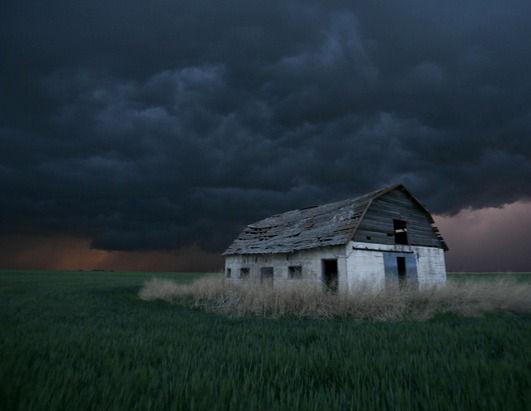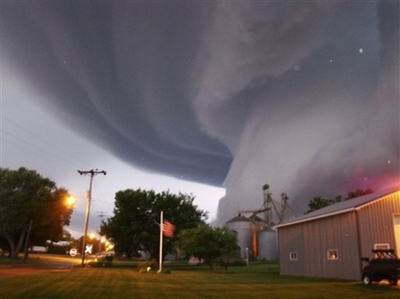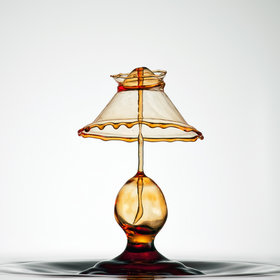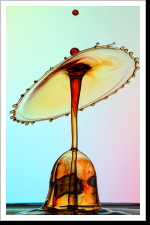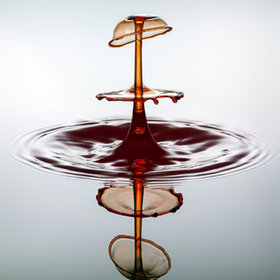War on Drugs
Alright, here's the story.
Evidence of the smoking of cannabis can be found as far back as the  Neolithic age, where charred hemp seeds were found in a ritual brazier at a burial site in present day Romania.
Neolithic age, where charred hemp seeds were found in a ritual brazier at a burial site in present day Romania.
The history of Cannabis extends so far back into time, it's cultivation may legitimately contend for the title "Worlds Oldest Profession."
extends so far back into time, it's cultivation may legitimately contend for the title "Worlds Oldest Profession."
America's first drug law was enacted at Jamestown Colony, Virginia in 1619. It was a "must grow" law ordering all farmers to grow marijuana (or Indian hempseed, as it was called). Some farmers were jailed for not growing hemp during the nation's hemp shortage of 1763-1767, and during that time, hemp was legal tender (you could pay your taxes with hemp). Hemp was considered a critical crop primarily because it made excellent rope material. The US Census of 1850 counted 8,327 hemp plantations growing the plant for rope, cloth, canvas and the cordage used in baling cotton.
Thomas Jefferson cultivated  opium poppies at his garden in
opium poppies at his garden in  Monticello. The seeds from its plants, including the poppies, were sold at the gift-shop of Thomas Jefferson Center for Historic Plants until 1991 - when a drug-bust at the nearby University of Virginia panicked the Board of Directors into ripping up the plants and burning the seeds.
Monticello. The seeds from its plants, including the poppies, were sold at the gift-shop of Thomas Jefferson Center for Historic Plants until 1991 - when a drug-bust at the nearby University of Virginia panicked the Board of Directors into ripping up the plants and burning the seeds.
Opium was legally available for purchase at low prices from physicians, pharmacies, grocery, general stores, mail order, and in countless patent medicines.
in the 1830's Great Britain was the leading drug trafficker in the world. Growing it's own opium in India, the East India Company shipped tons of opium into China in exchange for tea, and Chinese manufactured goods. This trade continued despite being made illegal by the Chinese in 1836 by virtue of generous bribes made to Chinese officials. Faced with millions of opium addicts throughout the country, the Chinese cracked down both on the use of, and illegal import of opium, much to the displeasure of the British, who despite having made opium trade and consumption illegal in England because of it's known harmful effects, were enjoying the profits from their trade in it with the Chinese. The resultant friction between the two countries led to The Opium War in 1839.
In America prior to 1890, laws concerning opiates were strictly imposed on a local city or state-by-state basis. One of the first was in San Francisco in 1875 where it became illegal to smoke opium in opium dens, it did not ban the sale, import or use otherwise. In the next 25 years different states enacted opium laws ranging from outlawing opium dens altogether to making possession of opium, morphine and heroin without a physician’s prescription illegal.
The first Congressional Act took place in 1890 that levied taxes on morphine and opium. From that time on the Federal Government has had a series of laws and acts directly aimed at opiate use, abuse and control.
The active ingredient of the coca plant was first isolated in 1859.
In 1863, the coca wine  Vin Mariani went on sale throughout France. It contained 6 mg cocaine per ounce of wine in France, but exported Vin Mariani contained 7.2 mg per ounce to compete with the higher cocaine content of American competitors.
Vin Mariani went on sale throughout France. It contained 6 mg cocaine per ounce of wine in France, but exported Vin Mariani contained 7.2 mg per ounce to compete with the higher cocaine content of American competitors.
Coca-Cola was introduced in 1886 and was promoted as a temperance drink "offering the virtues of coca without the vices of alcohol." Until 1903, a typical serving contained around 60mg of cocaine. The new beverage was invigorating and popular. Today, Coca-Cola is still flavored with an extract of coca-leaves, but contains none of the drug itself.
was introduced in 1886 and was promoted as a temperance drink "offering the virtues of coca without the vices of alcohol." Until 1903, a typical serving contained around 60mg of cocaine. The new beverage was invigorating and popular. Today, Coca-Cola is still flavored with an extract of coca-leaves, but contains none of the drug itself.
Cocaine was also sold over-the-counter. Until 1914, one could buy it at department stores. It was widely used in tonics, toothache cures and patent medicines, and in chocolate cocaine tablets.
In 1906, the Pure Food & Drug Act forced the patent medicine industry to list on the label the presence of certain dangerous drugs such as alcohol, opiates, cocaine, and cannabis.
The  Anti Saloon League was founded in Oberlin Ohio in 1893. In two short years it had gown into powerful, national, single issue organization. Having allied itself with churches across the nation, as well as the Women's Christian Temperance Union,
Anti Saloon League was founded in Oberlin Ohio in 1893. In two short years it had gown into powerful, national, single issue organization. Having allied itself with churches across the nation, as well as the Women's Christian Temperance Union, the Anti Saloon League announced its campaign to achieve national prohibition of alcohol by means of a constitutional amendment. In 1916 it achieved the two-thirds majority in both Houses of Congress required to pass the Eighteenth Amendment to the Constitution.
the Anti Saloon League announced its campaign to achieve national prohibition of alcohol by means of a constitutional amendment. In 1916 it achieved the two-thirds majority in both Houses of Congress required to pass the Eighteenth Amendment to the Constitution.
Ratified and made operative 1/16/19 by the 18th Amendment and repealed 12/5/33 by the 21st Amendment to the Constitution "The Noble Experiment", Prohibition
and repealed 12/5/33 by the 21st Amendment to the Constitution "The Noble Experiment", Prohibition is mostly conceded to have failed miserably. While
is mostly conceded to have failed miserably. While  deaths of men from cirrhosis declined dramatically, organized crime,
deaths of men from cirrhosis declined dramatically, organized crime,  flourished, and alcohol remained readily available.
flourished, and alcohol remained readily available.
In April of 1943, Dr. Hoffman reported the following experience, "I was forced to interrupt my work in the laboratory in the middle of the afternoon and proceed home, being affected by a remarkable restlessness, combined with a slight dizziness. At home I lay down and sank into a not unpleasant intoxicated-like condition, characterized by an extremely stimulated imagination. In a dreamlike state, with eyes closed (I found the daylight to be unpleasantly glaring), I perceived an uninterrupted stream of fantastic pictures, extraordinary shapes with intense, kaleidoscopic play of colors. After some two hours this condition faded away."
Whoa !!!!!
Dr. Hoffman subsequently performed numerous experiments in which he ingested and reported on the effects of the drug. As an aside, he celebrated his one hundredth birthday January 11, 2006 together with his children, Benson and
and  Abbie. (Kidding)
Abbie. (Kidding)
The Federal Bureau of Narcotics was formed in 1930. Its first commissioner Henry J. Anslinger and many of its agents were veterans of various agencies and departments charged with enforcing Prohibition. The agency lobbied for the Marijuana Tax Act of 1937 (you really ought to read the testimony) which effectively criminalized the sale of Cannabis. It was merged with the Bureau of Drug Abuse control to form the Bureau of Narcotics and Dangerous Drugs in 1968, which was subsequently merged into the newly formed Drug Enforcement Administration (DEA) in 1973.
(DEA) in 1973.
The  Controlled Substances Act was enacted into law in 1970, and has subsequently
Controlled Substances Act was enacted into law in 1970, and has subsequently  amended,
amended,  expanded, amended,
expanded, amended,
 amended again, and expanded.
amended again, and expanded.
Both costs associated with  enforcing drug laws and
enforcing drug laws and  profits
profits from illegal drug trafficking have also grown exponentially, with no
from illegal drug trafficking have also grown exponentially, with no  hint of abating.
hint of abating.
The estimated number of arrests for drug abuse violations for adults has been increasing, while the number for juveniles stabilized.
In 2002 about a quarter of convicted property and drug offenders had committed their crimes to get money for drugs, compared to 5% of violent and public order offenders. In 1997, 19% of State prisoners and 16% of Federal inmates said they committed their current offense to obtain money for drugs. These percentages represent a slight increase from 1991, when 17% of State and 10% of Federal prisoners identified drug money as a motive for their current offense. The Uniform Crime Reporting Program (UCR) of the Federal Bureau of Investigation (FBI) reported that in 2005, 4.0% of the 14,860 homicides in which circumstances were known were narcotics related. Murders that occurred specifically during a narcotics felony, such as drug trafficking or manufacturing, are considered drug related.
As Will Rogers once famously said, "We don't seem to be able to check crime, so why not legalize it and then
once famously said, "We don't seem to be able to check crime, so why not legalize it and then  tax it out of business."
tax it out of business."
- Read more about War on Drugs
- Log in or register to post comments

















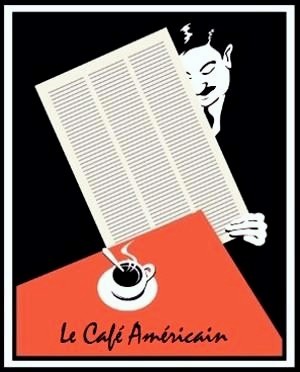

















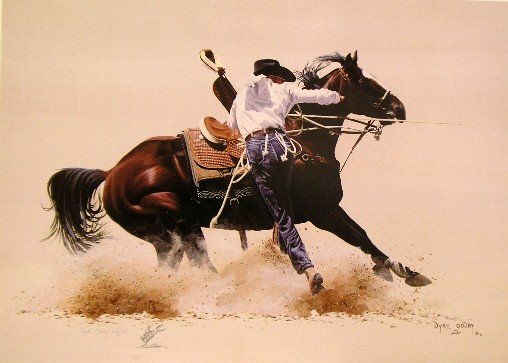
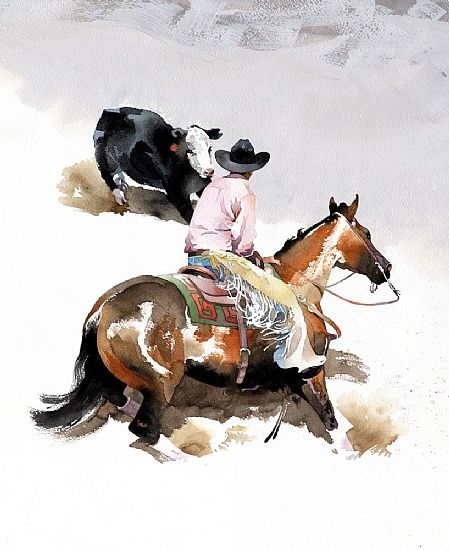
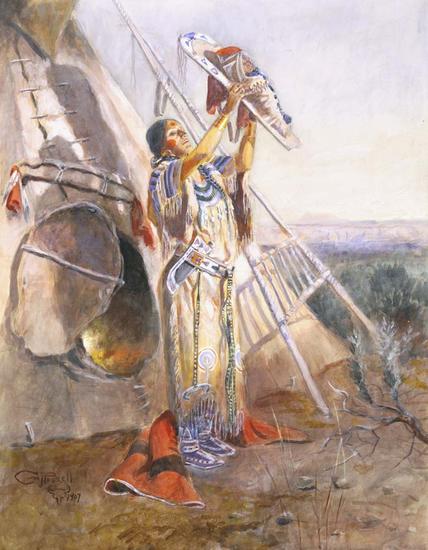
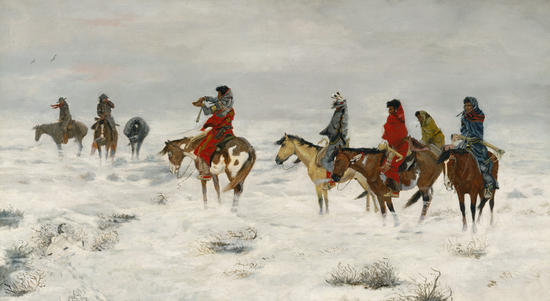
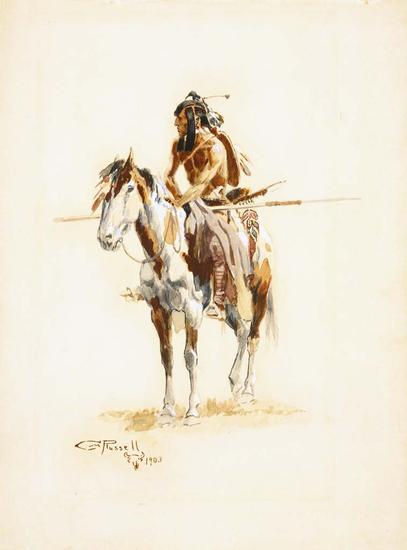
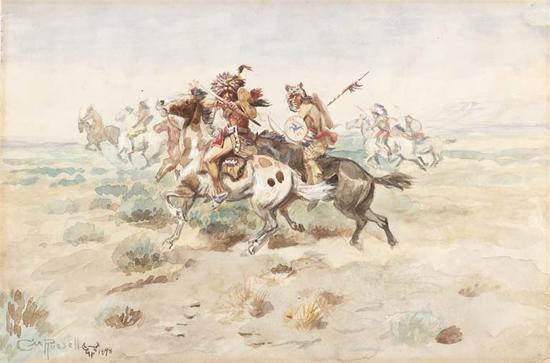
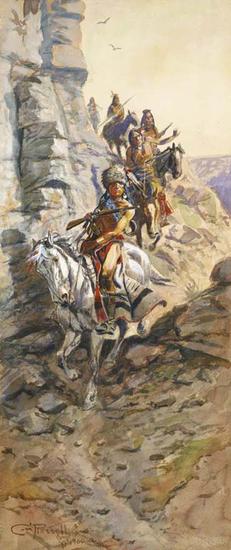
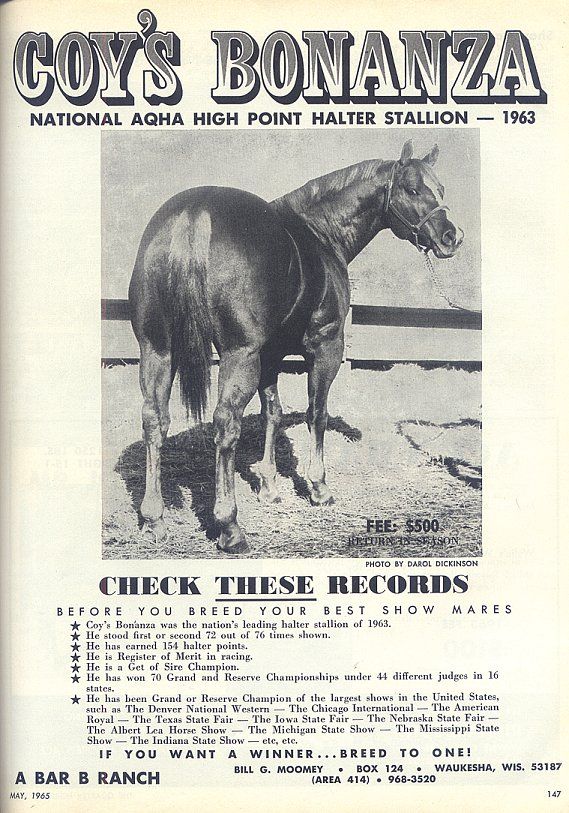
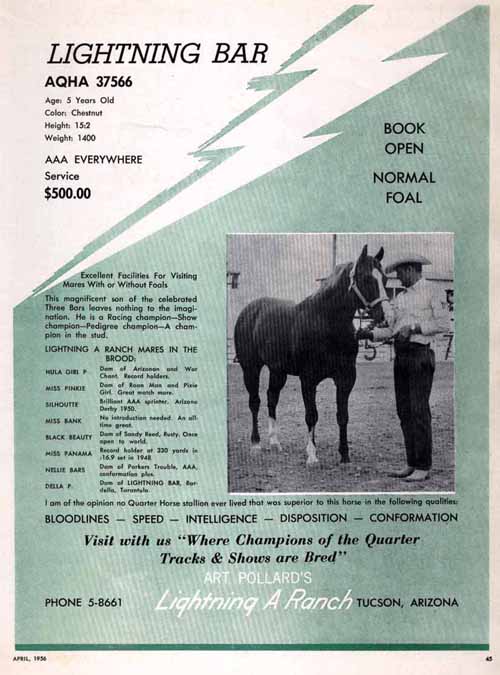
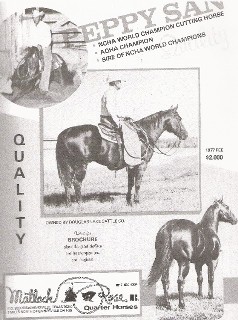
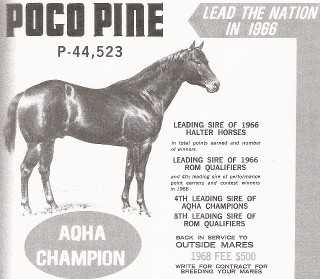
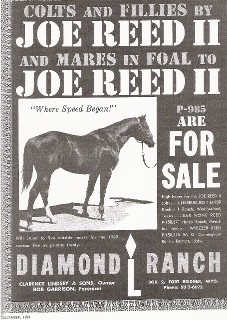
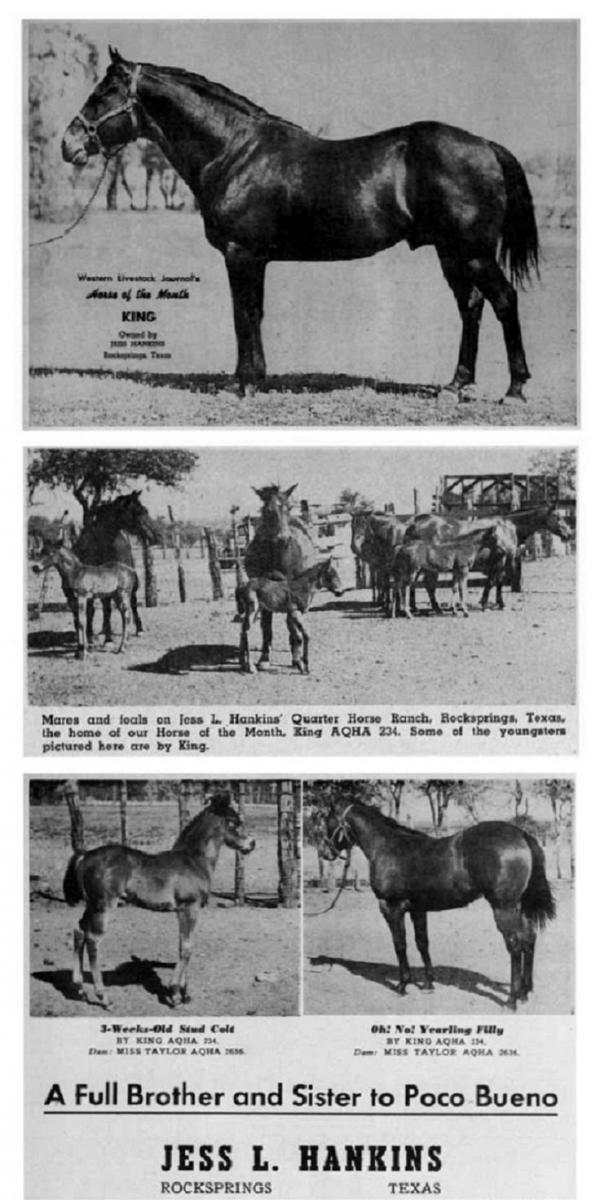
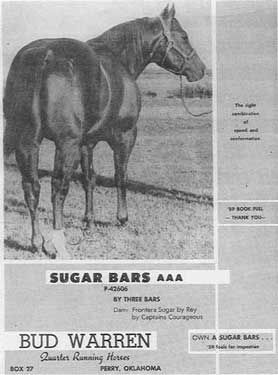
![[Most Recent Quotes from www.kitco.com]](http://www.kitconet.com/charts/metals/gold/t24_au_en_usoz_2.gif)

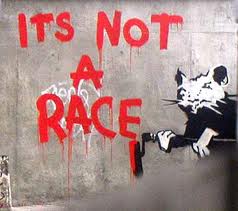

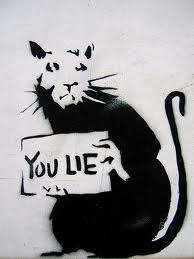
![[Most Recent Quotes from www.kitco.com]](http://www.kitconet.com/charts/metals/silver/t24_ag_en_usoz_2.gif)
